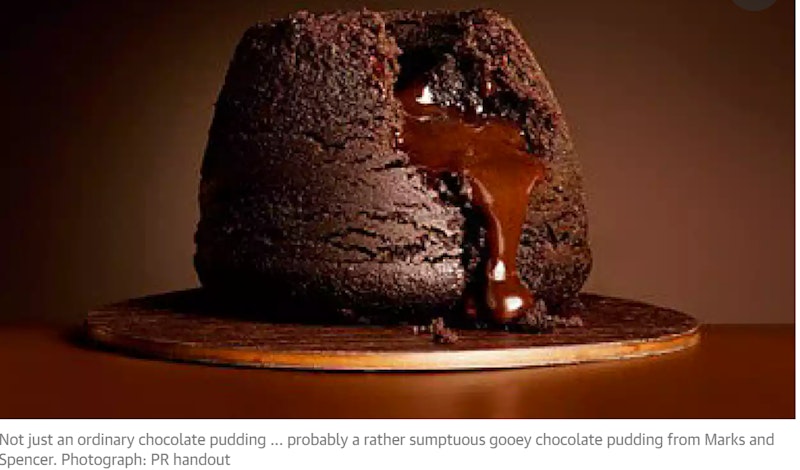In the News
M&S Food - a model strategic move into online delivery?
29th April 2017
It is easy to see why M&S is focusing its strategy on food, rather than clothing. Although their clothing and homeware sales did well over Christmas 2016, they have been in steady decline for the last five years, while the trend of food sales has been for growth. This week they have announced a push into the food sector that involves opening more new food-only stores - they currently have 959 UK stores, of which 615 are food only. The Simply Food stores tend to have a smaller footprint than the clothing stores, and it is easy to imagine that this helps to drive the ratio of turnover to shelf space, but they do depend heavily upon the right location - customers either need to be walking past on their way to and from work, or driving past on a regular basis, in order to drop in and collect their supper for the day.

But the announcement this week which is a bigger strategic move for M&S is that they are going to make a move into home delivery. On the face of it, they have taken a long time to start to do this, while most food retailers already have well-established online delivery services. But M&S don't really compete with Tesco and Sainsbury's - as the Guardian reports, it is different because "...it stocks just 7,000 products compared with 40,000 at most Tesco shops. It also focuses on exclusive own-brand products with only a limited number of household brands available in its stores. It is not clear how the retailer would overcome these hurdles if it were to offer customers a full grocery outlet."
So is M&S competing with the supermarkets to supply your weekly shopping, or with Deliveroo to supply your ready-prepared supper? This looks like a decision that could be great practice for using the models we teach for analysing a business's strategic decisions and direction. Use the Guardian report linked above, and a further report on the BBC website to give some background. You could use it to think about what the M&S board see in their SWOT analysis and in Porter's Five Forces which encourages them to make this move now, and use Ansoff's matrix to think about the risks involved. If studying with AQA you could analyse the decision using Norton and Kaplan's Balanced Scorecard, Elkington's Triple Bottom Line, and Bowman's Strategic Clock. And, if you're feeling generous, have some M&S treats to hand to fuel the brain cells as you go!
You might also like
Pricing and Business Objectives
Study Notes

Lego's Long-term Strategy for Success
7th March 2016
BUSS4 Essay Guide - Diversification
Topic Videos
Business leadership advice from CEO Secrets ...sssh! Silent Debate!
14th February 2017

Top Ten Business Pivots of All Time
17th July 2017
Competitive Advantage
Topic Videos
Setting Business Aims & Objectives | AQA GCSE Business
Quizzes & Activities